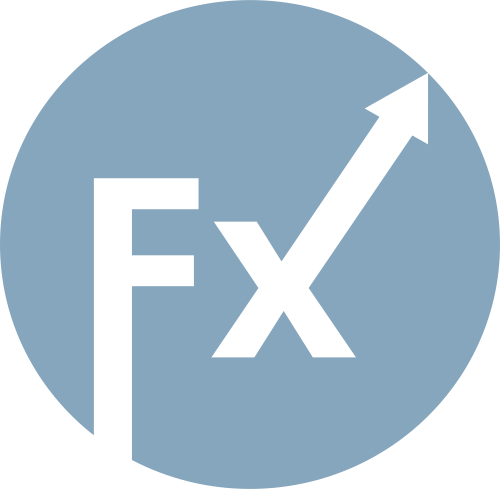We received the PPI figure for September, the retail sales data for September, and the consumer confidence index for November. These reports presented a mixed picture, leading to a relatively restrained market reaction. For instance, bullish sentiment for the EUR/USD pair persisted, but traders still could not establish a position above the 1.1560 resistance level (the middle line of the Bollinger Bands indicator on the D1 timeframe).
Nevertheless, in my opinion, the reports published on Tuesday do not favor the greenback. This is indicated by the dynamics of the U.S. Dollar Index (DXY has again decreased into the 99 area) and the rise in "dovish" expectations. According to the CME FedWatch tool, the probability of a rate cut at the December meeting has increased to 83%. Recall that immediately after the Non-Farm Payrolls publication, this probability was at 35%. However, subsequent events forced traders to reassess their forecasts.
Firstly, the head of the New York Fed, John Williams, unexpectedly advocated for a rate cut "in the very near future" (meaning at the December meeting), expressing concern over the cooling U.S. labor market. He also stated that price pressures would ease over time as the impact of tariffs "works through the economy without creating sustained inflation." In other words, Williams focused on employment issues (dimming inflation risks), thus aligning himself with the "dovish wing" of the Federal Reserve.
The second reason for the rise in dovish expectations is weak macroeconomic data. In particular, the University of Michigan's consumer sentiment index, published on Friday, fell to 51.0, its lowest level since July 2022. The index has been declining for the fourth consecutive month. Additionally, according to recent university surveys, U.S. inflation expectations for the next year decreased to 4.5% in November (the lowest since July of this year). This indicator has gradually decreased for the third consecutive month.
The macroeconomic data published on Tuesday did not undermine traders' confidence in the anticipated December rate cut, despite the rise in PPI.
According to the released data, the overall producer price index in September accelerated to 0.3% month-on-month (after a drop to -0.1% in the previous month) and to 2.7% year-on-year (after a decrease to 2.6% in August). The core PPI, excluding food and energy prices, rose by 0.1% month-on-month (forecasted at +0.2%) and by 2.9% year-on-year (forecasted at +2.8% – this is the only component of the report that came out in the green).
At the same time, a weak growth in retail sales was recorded in the U.S. for September. The total volume of retail trade increased by only 0.2% (forecasted at 0.4%). This is the lowest value of the indicator since May of this year. Excluding automobile sales, the figure increased by 0.3%, following a 0.6% growth in the previous month (the lowest since May).
The Conference Board's consumer confidence index also came in the red zone. The indicator registered at 88.7, while most analysts had forecasted a slight decline to 93.4. Here, one can speak of a downward trend formation: the index has been declining for the fourth consecutive month, reaching its lowest value in November since April of this year. The structure of this release indicates that the Present Situation Index (evaluation of current economic and market conditions) declined by 4.3 points to 126.9, while the Expectations Index (expectations for the next six months: income, business conditions, labor market) dropped by 8.6 points to 63.2. It is worth noting that this component is below the 80-point mark, that is, below the "recessionary" threshold for this index.
Therefore, the existing fundamental backdrop (weak macroeconomic reports + rising dovish expectations regarding the Fed's future actions) supports further growth of EUR/USD. Thanks to a combination of negative fundamental factors for the greenback, the pair is attempting to break through the resistance level of 1.1560, which corresponds to the middle line of the Bollinger Bands on the daily chart. The last piece of the puzzle remains—the reports on U.S. GDP growth and the core PCE index, which will be published on Wednesday, November 26. If these releases also come out in the "red zone," buyers of EUR/USD will not only establish themselves above the identified resistance level of 1.1560 but will also attempt to approach the next price barrier of 1.1650 (the middle Bollinger Bands line coinciding with the Tenkan-sen line on the W1 timeframe). In such a case, the pair would return to the price range of 1.1560-1.1650.

HIZLI BAĞLANTILAR
show error
Unable to load the requested language file: language/turkish/cookies_lang.php
date: 2025-11-26 02:38:39 IP: 216.73.216.182